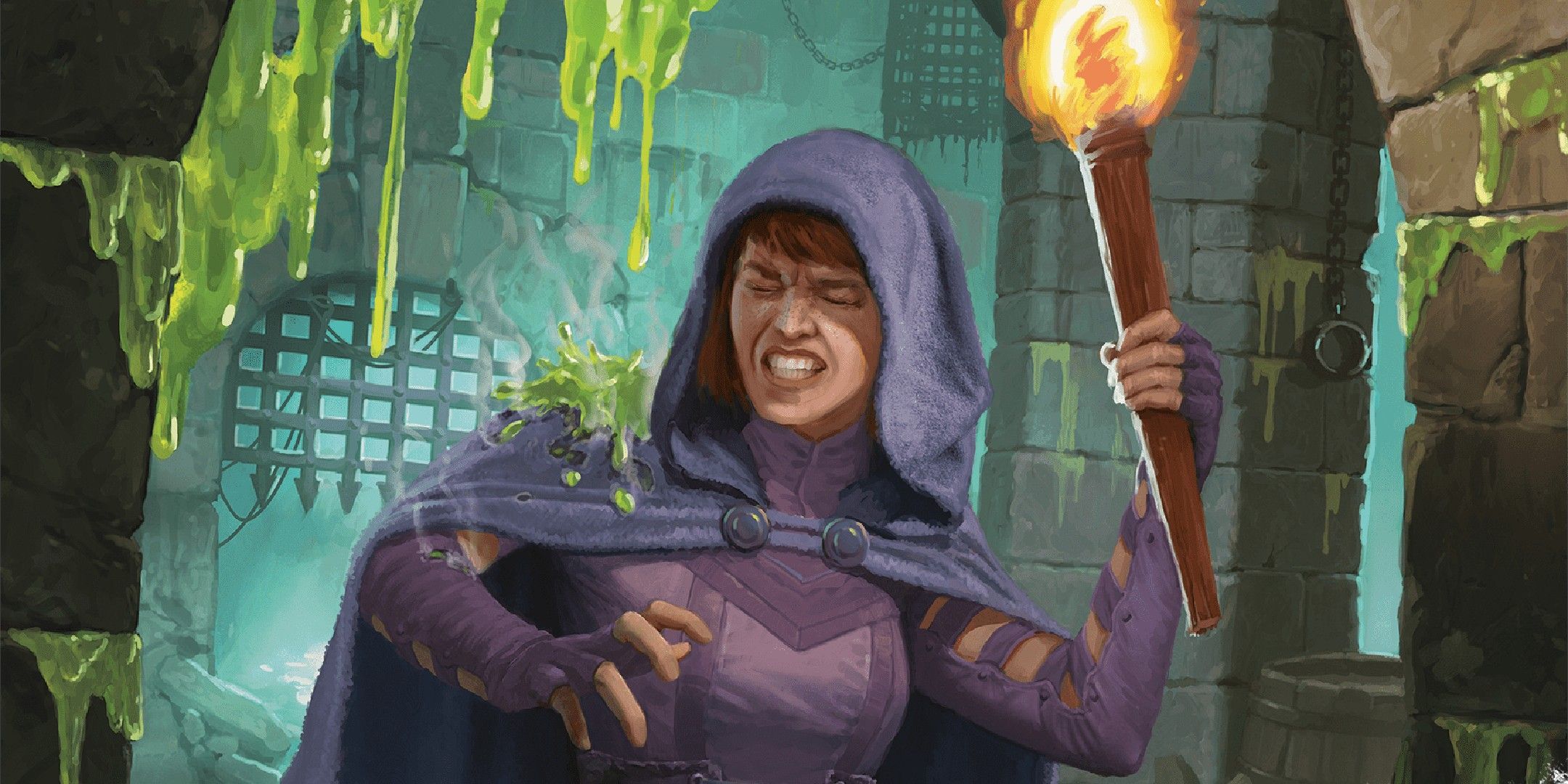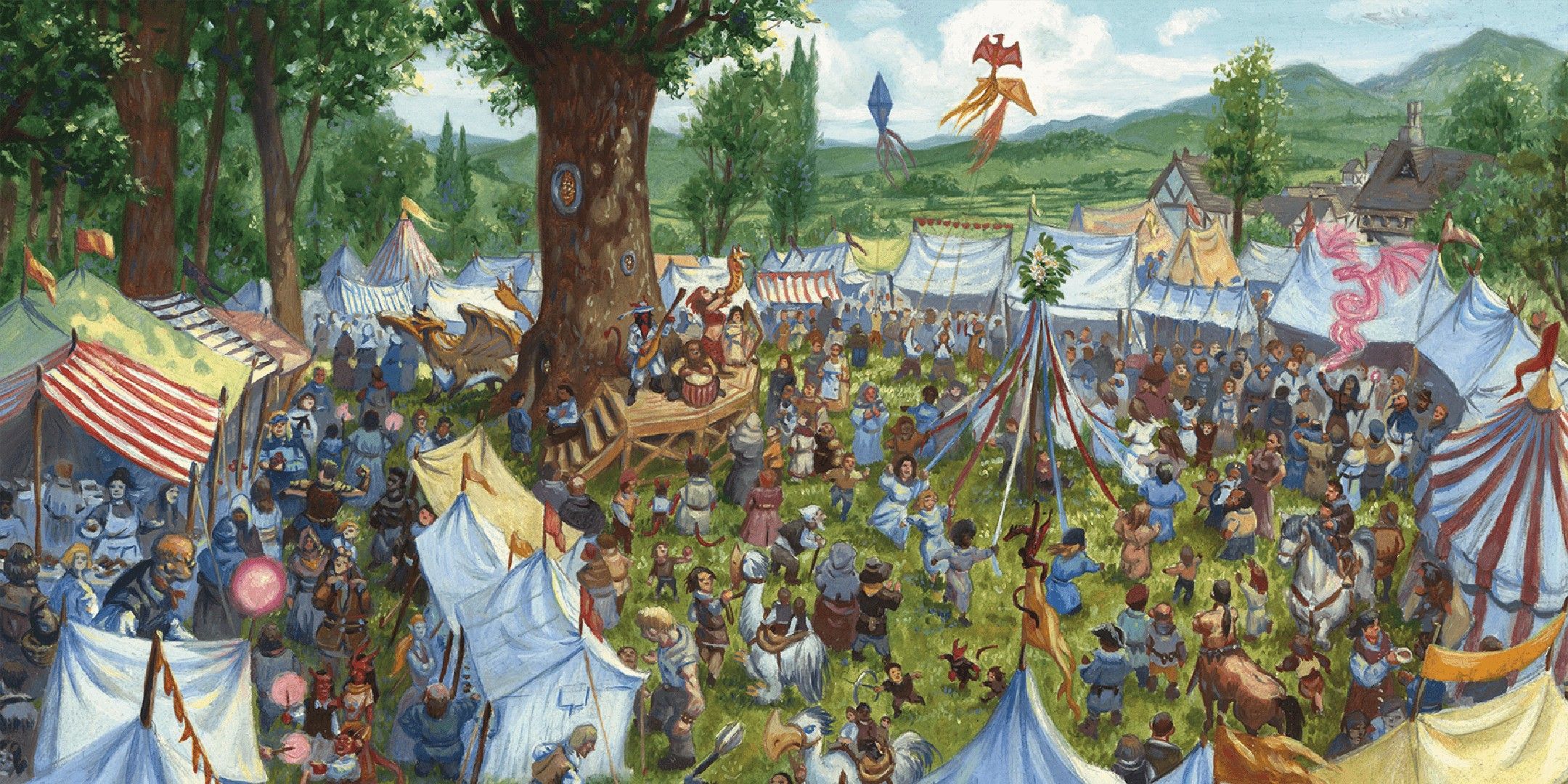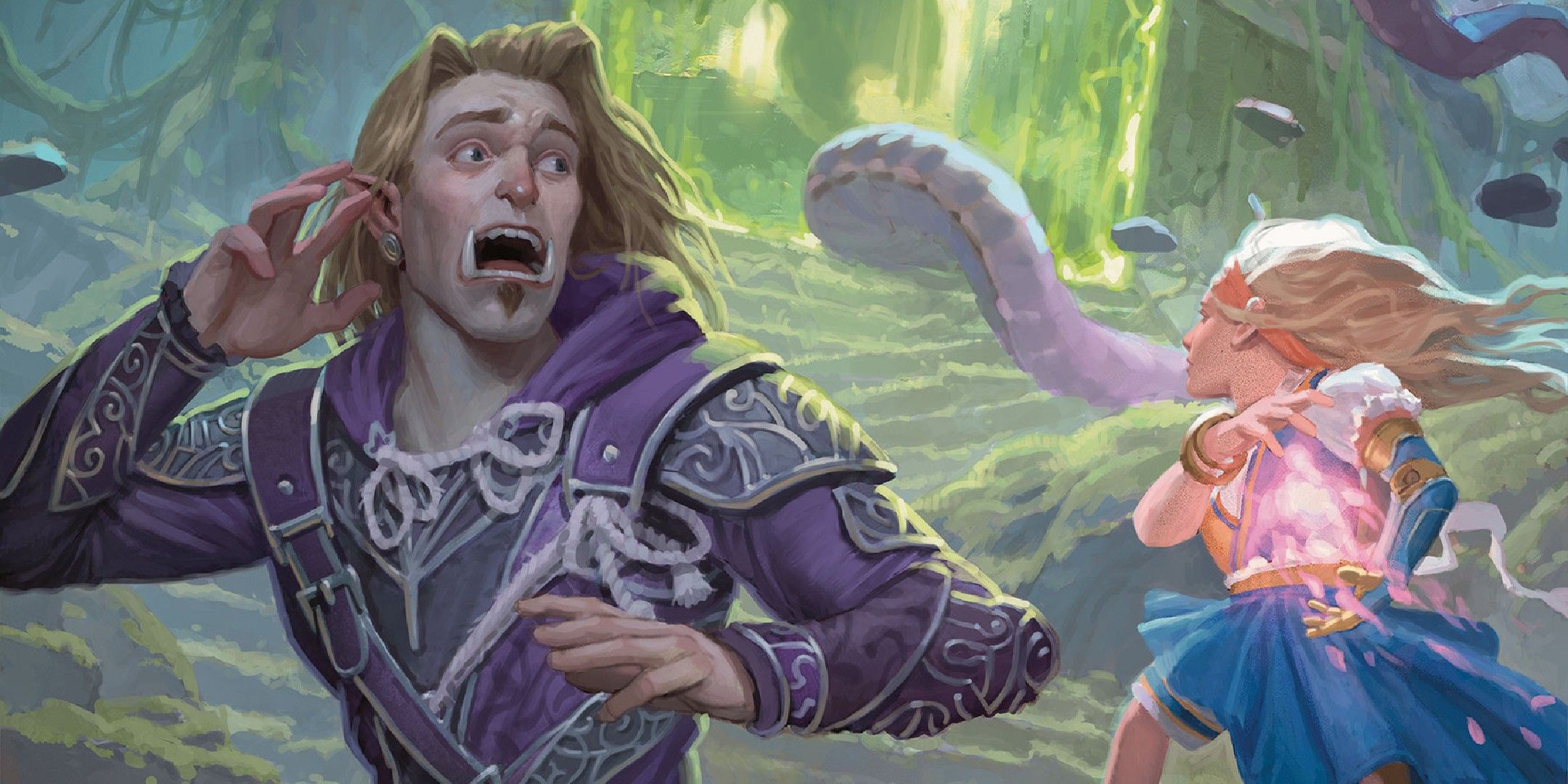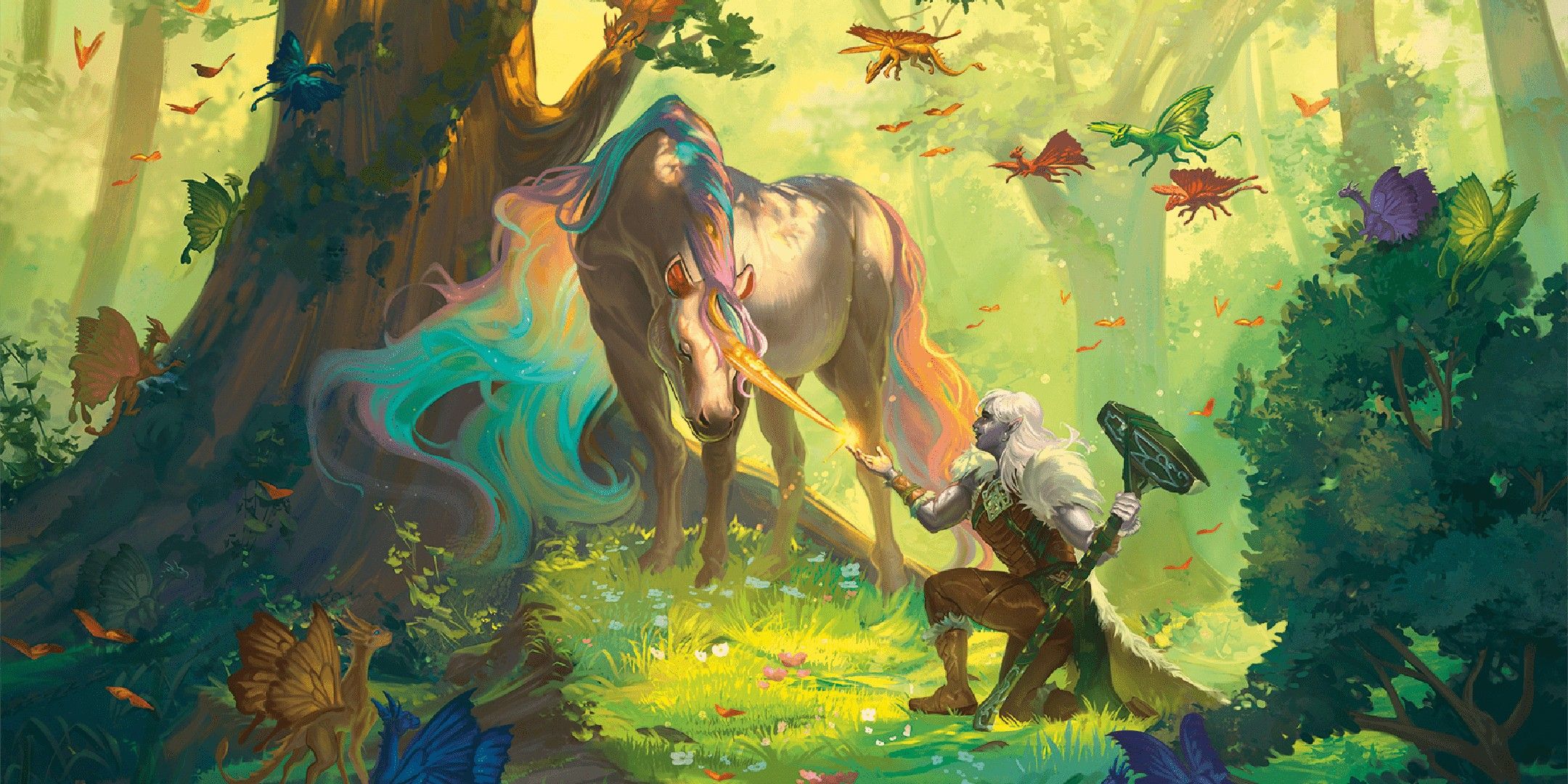Magic in Dungeons & Dragons has made life for the denizens of many fantasy worlds rather easy, but it can also as easily make it a living hell. One way this can happen is through magical contagions, a type of disease presented in the 2024 Dungeon Master’s Guide.

Related
Dungeons & Dragons: 7 Best Creature Traits In The 2024 Dungeon Master’s Guide
Make sure to use these creature traits from the 2024 Dungeon Master’s Guide.
The three contagion examples work perfectly as a jumping-off point to create your own versions, but there is little in the way of guidelines for how they should work. While the freedom is appreciated, some players might find it daunting, but that is why we are here to help.
How To Create Magical Contagions
The only general aspects to consider when making a magical contagion are how easily it can spread and how much resting affects recuperation. If your contagion allows for any kind of rest, then resting for three days would allow a creature to make a Constitution saving throw (DC 15), possibly gaining advantage on saving against the contagion for 24 hours.
Initial Infection
Your magical contagion can come from all kinds of sources, just like regular diseases in the real world. Polluted water, air, or food could spread it, as well as touching or getting attacked by creatures carrying it; it is best if you define only one way of getting infected so as to not make it unnecessarily complicated.
All three examples of magical contagions in the 2024 Dungeon Master’s Guide have the effects of the contagion happening 1D4 days after infection, so that is a good starting point for any contagion you make. If you spend many sessions on a single day, then the contagion should arise the very next day, so the players have a chance to remember what infected them.
Spread Of The Contagion
The point of a magical contagion is for it to spread, working as both a hazard for the players and as a plot hook. As such, the way the contagion spreads needs to be at the center of your plot, not just a random disease affecting a village the party never needs to visit again.
You may not want to have the contagion happen in a highly urbanized city, however, unless you are ready to manage the chaos that could entail. Quarantine zones, mass contagion areas, and secluded parts of the city are just a few things that can make an adventure hard to navigate but very memorable.
Curing The Contagion
How each contagion is cured depends on its individual effects, but it doesn’t have to be anything too complicated. Think about what your contagion revolves around and how you would normally cure it. You could also have some special artifact as an instant solution that the party needs to find.
Sight Rot, a contagion example in the 2024 Dungeon Master’s Guide, can be cured by spells that remove the blinded condition, while the others can be rested through.
It is important for your contagion to be curable and not a permanent condition your players have to learn to live with.
Effects Of Magical Contagions
Based on the examples in the 2024 Dungeon Master’s Guide, contagions can have from one to three detrimental effects. This speaks of the severity of the contagion, which would make players be extra careful when dealing with dirty sewers or rabid enemies.
Exhaustion
Exhaustion is used in some magical contagion examples as a way to represent fever and fatigue. A high fever is often present in many diseases and viruses plaguing the world, so knowing the best way to represent it can help you determine the more interesting effects of whatever you have in mind.
The adverse effects of exhaustion can be enough of a punishment on their own, however. That’s why the magical contagion Sewer Plague doesn’t add many other adversities beyond making exhaustion hard to get rid of.
Established Conditions
All Sight Rot does is give the player a ‘permanent’ version of the blinded condition, making it a simple matter to create various contagions based on the other conditions. Not all of them fit nicely in the contagion mold, but they can offer great jumping-off points to create what you want.
A contagion that gives the incapacitated condition would only allow a character to use their movement speed, restricting their action in play heavily. Now, a contagion based on the poisoned condition is not complex enough, but you could add a chance of falling prone and vomiting whenever the afflicted character is hit by an attack.
Positive Effects
Magical contagions aren’t supposed to have positive effects, but they would make for an interesting trade-off, like the lethargy suffered after the Haste spell has ended. The positives shouldn’t outweigh the negatives, however. Otherwise, the players might want to stay sick forever.
Examples of this could be a contagion that makes muscles grow strangely, giving a plus one to strength checks but halving the character’s speed. Or, in another case, it could be a contagion that gives a character one level of exhaustion but allows them to talk to plants as they feel they are hallucinating.





















Leave a Reply